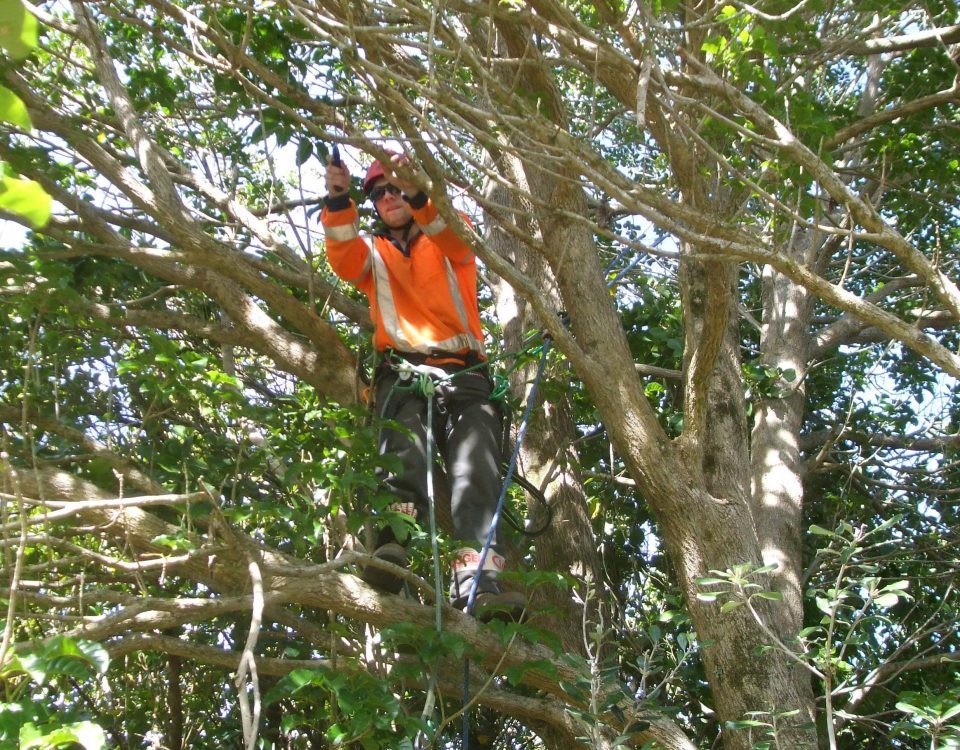
Don’t give your trees the cold shoulder just because temperatures have dipped. Instead show them love with some winter pruning.
It is a common misconception that winter is not a great time for tree maintenance.
On the contrary, winter is a time when trees and plants are dormant. Pruning before the active spring growth hits is great for your trees’ health and all-round safety. Here are some reasons why tree pruning during the colder months is a good idea.
1. Better visibility, healthier trees
With leaves having fallen off deciduous trees, the structure of a tree is more closely visible in winter. This makes it easier for a trained arborist to identify the pruning needs of your trees. Spotting vulnerable areas, such as damaged or diseased branches, is easier. This makes pruning more effective, promoting a healthier tree and mitigating risk.
2. Limited damage
Damaged, dead or dying trees can be dangerous in winter, particularly when we get storms that bring wind, rain or even snow. Hiring a qualified professional arborist to inspect the trees on your property will alleviate any safety concerns during those winter storms. For weaker trees, pruning rejuvenates them to withstand the harsh weather.
3. Ready to spring
You will be reducing the “stress” on your trees by pruning in the winter months. Typically, when a tree is pruned, growth is stimulated to close the “wound” made by the pruning cut. Growth is stimulated to replace this lost foliage. When pruned during dormancy this growth response is delayed until spring, which is the perfect time of year for new growth to occur as plants get plenty of moisture, sunlight and nutrients during this time.
4. Lesser risk of disease
Bacteria, fungi, insects and pests are notorious in spreading disease amongst trees. Winter generally sees these agents of destruction hibernate. As a result, diseases are less likely to be transmitted through maintenance work done on trees during this time.
Pruning trees in winter also gives them a chance to “heal” before the warmer weather brings out destructive insects and pathogens. For some fruit-bearing trees, pruning should only be done over winter to maximise fruit production when the temperature is right.
Have you considered a pruning plan?
While it has its advantages, not all trees and plants should be pruned in the winter. Generally speaking, plants and trees that bloom on new growth should be pruned in the winter and early spring, while those that bloom on old growth should be pruned in late spring or summer.
To keep you trees at their healthy best, an annual pruning plan is recommended.
Speak with one of our arborists about a customised pruning plan based on the current needs of your property. Over the long term, proper pruning can help promote the health of your trees.


